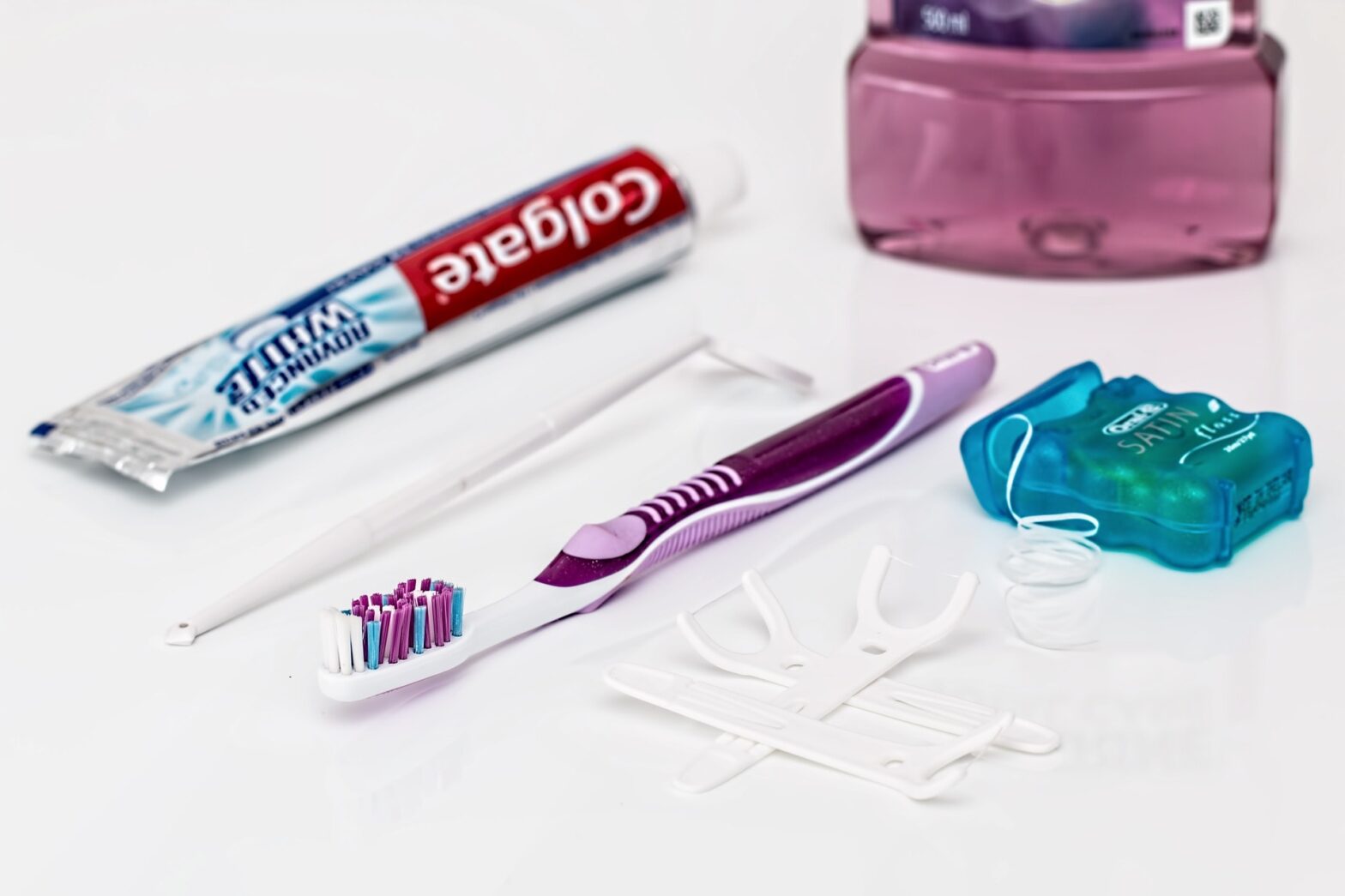And we don’t mean the dance. Find out why it is important to floss your teeth and how.
You’ve probably heard from your dentist time and again telling you to floss your teeth. But why is it so important to floss your teeth if you brush them twice a day?
Flossing your teeth once a day is essential in keeping good oral health and hygiene. It removes plaque that develops in between your teeth and helps prevent tooth decay and gum disease by cleaning the tight spaces in between teeth where your toothbrush can’t reach.
Whether you’re new to flossing or you already do it, here are a few simple steps on how to use dental floss the right way. Make sure to wash your hands before you grab your floss to remove any bacteria that may be on your hands.
Step 1
Unwind about 46 to 61 cm of dental floss and wrap it around your index fingers on each hand until there’s about 5 cm of floss left in between. Make sure you don’t wrap it too tightly until it digs into your skin or cuts off your circulation. If it feels a little tight, unwind it and repeat the process until it feels loose and comfortable around your fingers.
Step 2
Pinch the floss using your index finger and your thumbs and direct the floss between upper teeth. Gently glide the floss in between your teeth in a sawing motion; careful not to snap the floss between and hitting your gums as this may cause them to bleed.
Step 3
Once the floss reaches your gum line, curve the floss into a C shape against one tooth and gently slide it into the space between your gum and tooth.
Step 4
Holding the floss in that C shape against your tooth, begin to gently rub the side of your tooth, moving the floss away from the gum with up and down motions. We recommend doing around 5 to 8 strokes with the dental floss on each side of the tooth.
Step 5
Repeat this process in between every tooth, ensuring you are switching to a fresh section of floss by unravelling it each time you change tooth. You can do this by shifting your fingers down the floss and unwinding it from one finger and winding it up on the other.
Step 6
After your done flossing, give your mouth a good rinse with mouthwash or water to help remove any leftover food debris or particles remaining in your mouth.
It may feel awkward at first and the bleeding can be a bit uncomfortable, but after a week of consistent flossing you’ll be a pro. It doesn’t matter if you start with your upper or lower teeth, or if you start at the front or back, as long as you floss between every tooth. It is also important to make sure to floss along the gum line next to missing teeth as food debris can still become trapped in these spaces. And don’t forget about your molars!
Why are my gums bleeding?
You may experience bleeding in your gums – this is totally normal when you first start flossing and should go away after a few days as your gums become stronger. If you are still experiencing bleeding gums after 3 to 5 days of consistent flossing, then it’s best to visit your dentist.
Try other flossing options
If you find that flossing is too hard there are easier options. Consider using floss holders, which are small Y-shaped tools that hold a small piece of floss at the tip making it easier to hold. There are even electric flossers.
When should I floss?
We recommend flossing once a day before bed, this way, you avoid any food debris or particles sitting between your teeth all night.
It is important to brush as well as floss to main good oral health and hygiene. Unfortunately, brushing alone will only get you so far, as it can’t get to tight places where food debris can get caught. If you’re unsure about your dental routine or have any questions about oral health and hygiene, talk about it with your dentist during your next dental check-up.
